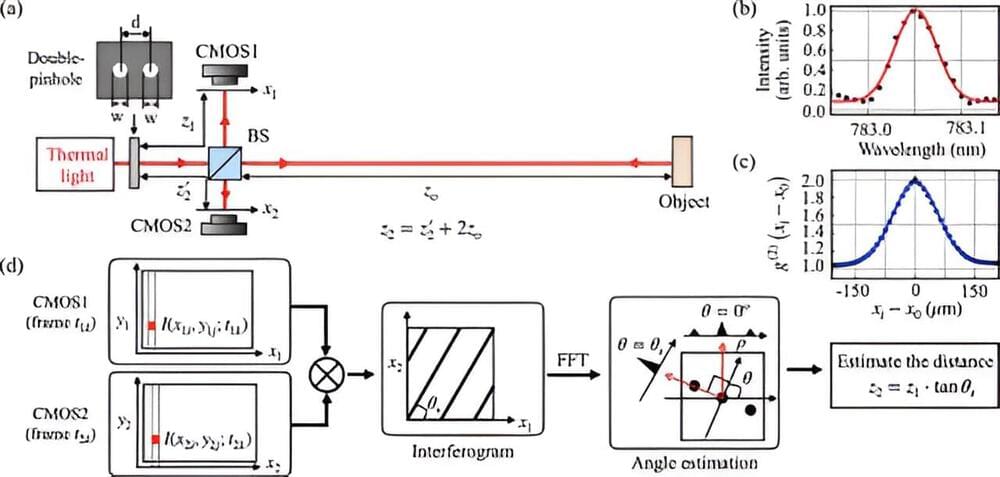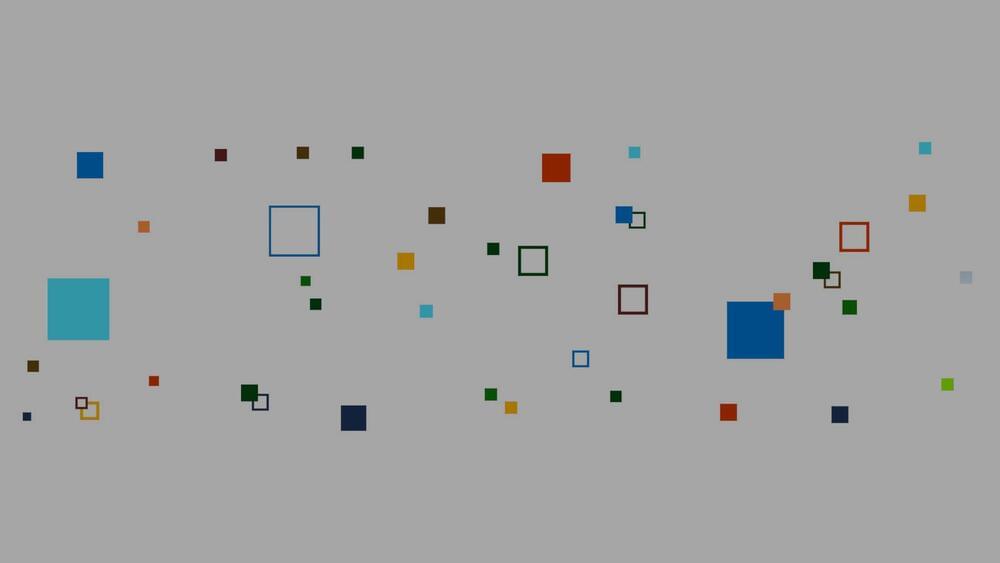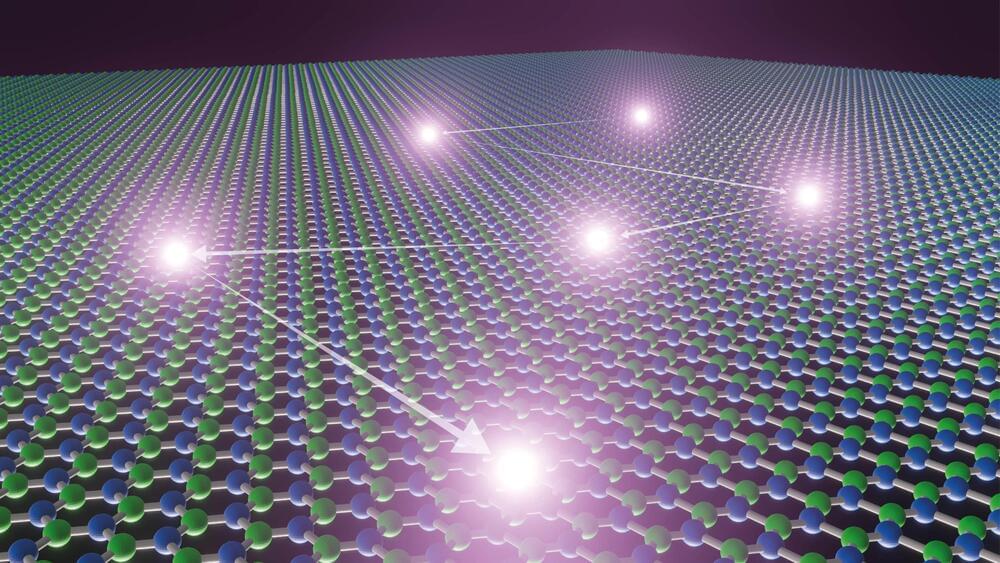
In the age of rapid technological advancements, a new player has emerged on the scene, promising to revolutionize the way we transmit data wirelessly. Li-Fi, or Light Fidelity, is a cutting-edge technology that employs visible light to transmit information, offering an innovative alternative to traditional radio frequency-based wireless communication systems.
The IEEE published the 802.11bb standard for light-based networking in July 2023, an extension of the Wi-Fi specification enabling wireless networking using visible and infrared light rather than the radio spectrum. The standard outlines adjustments to the physical and medium access control layers, allowing wireless networking through light source modulation imperceptible to the human eye.
The Li-Fi specification mandates bidirectional transmission within the 800nm to 1,000nm electromagnetic spectrum range, ensuring a minimum throughput of 10 Mb/s and a maximum of 9.6 Gb/s at the MAC data service access point. By comparison, Wi-Fi operates within wavelengths of 120mm (2.4 GHz) and 60mm (5 GHz), with speeds that vary across versions, including Wi-Fi 6, which reaches up to 9.6 Gb/s, akin to Li-Fi capabilities.

















